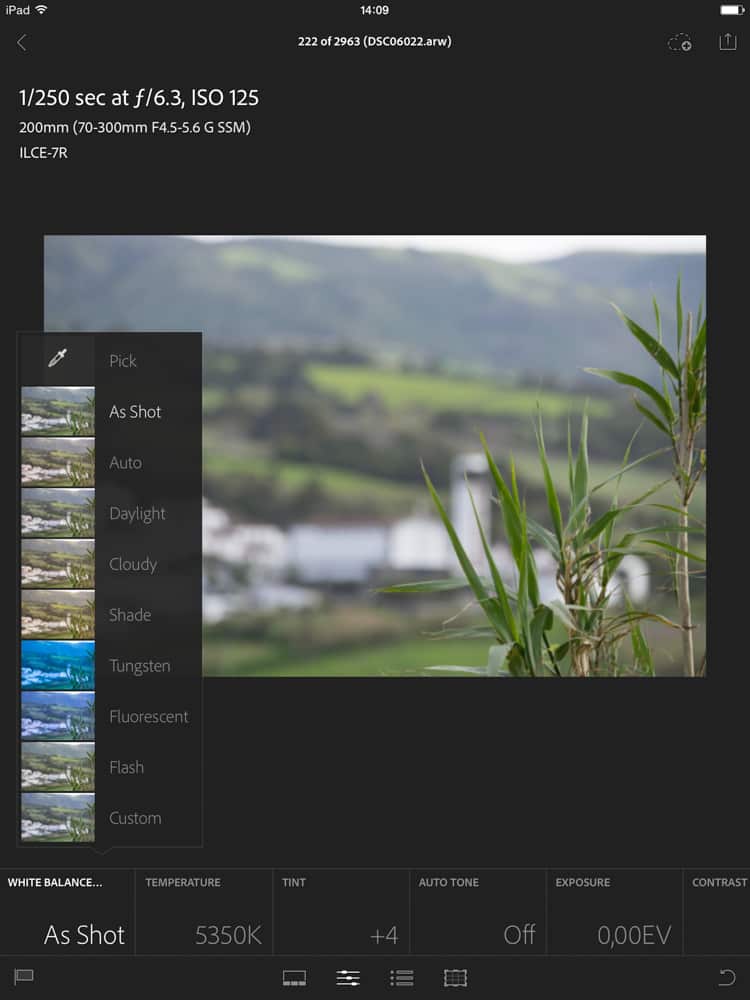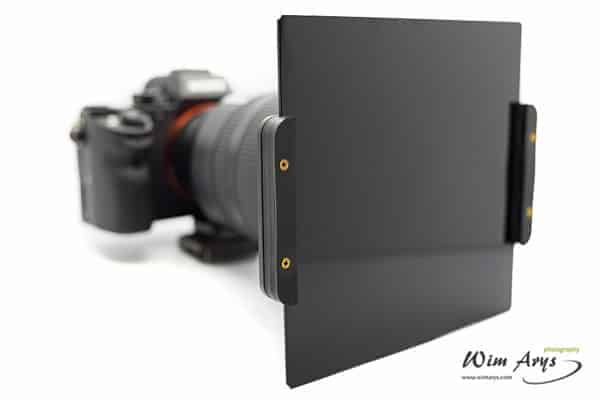Light Craft Workshop Fader ND MK II: high quality variable ND filter
Light Craft Workshop Fader ND MK II
review: The Best ND Filter?
Review: what is the Light Craft Workshop Fader ND MK II?
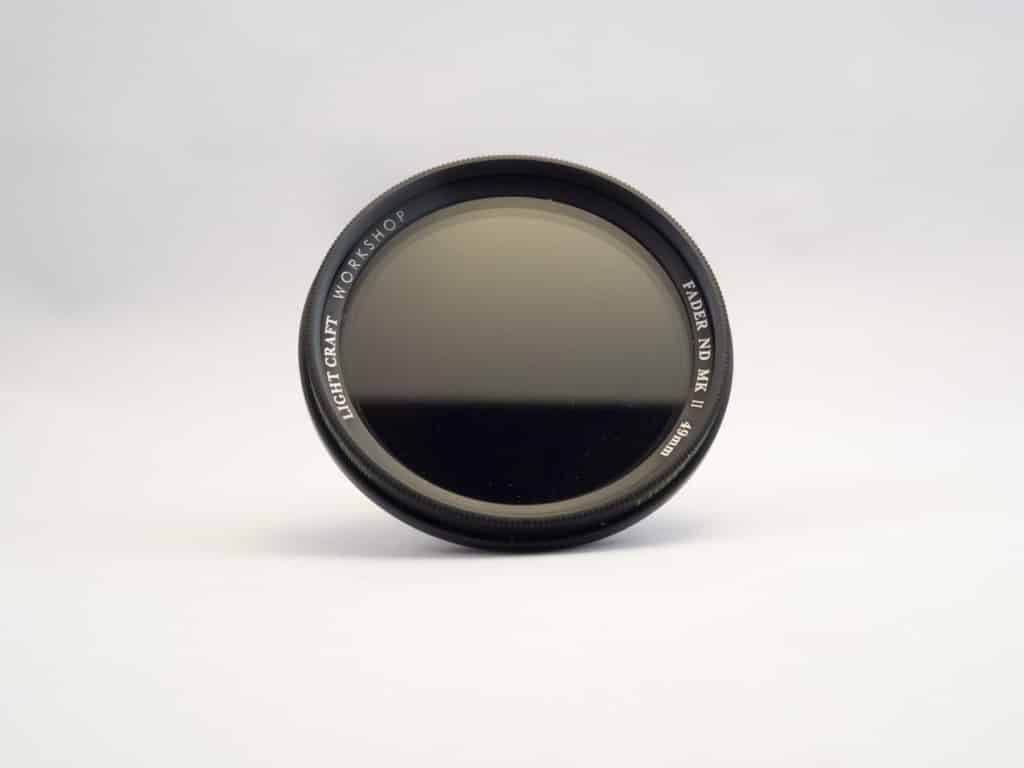
What is an ND filter?
An ND filter or neutral density filter is a dark piece of glass (or other transparant material) that is placed in front of the lens to reduce the amount of light that enters the camera. This allows for longer exposure times, which can create some interesting effects, such as blurring moving water or making people appear to be ghosts.
They are often used in landscape photography to capture the movement of clouds or water. They can also be used in portrait photography to create a shallow depth of field when shooting at large apertures in bright light.
How it works:
They work by absorbing some of the light that would normally hit your sensor (or film). This reduces the overall brightness of your image, allowing you to use longer shutter speeds or wider apertures without blowing out your highlights.
Advantages:
ND filters offer several advantages, including:
- They allow you to use longer shutter speeds, which can create some interesting effects.
- Allowing you to shoot at large apertures with lots of sunlight.
- They allow you to shoot in brighter conditions without blowing out your highlights.
Disadvantages:
There are a few disadvantages, including:
- They can make it difficult to focus your camera, especially Canon, Nikon and Sony mirrorless.
- They can cause vignetting (dark corners) in your images.
How to use an ND filter?
To use an neutral density filter, simply screw it on to the front of your lens. Then, set your camera to the desired aperture and shutter speed. The neutral density filter will reduce the amount of light that enters your camera, allowing you to shoot with a longer exposure or higher aperture without overexposing your image. A variable ND works in the same way, only you can change the amount of darkening by turning the front ring of the filter.
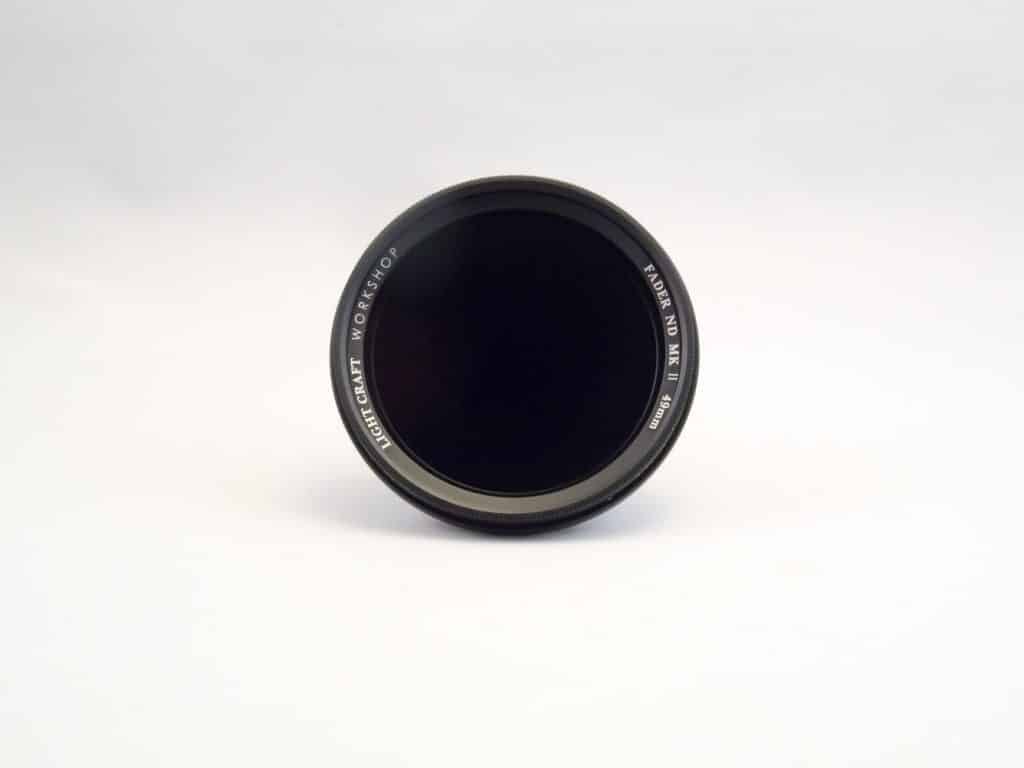
Light Craft Workshop Fader ND MK II specs
The Light Craft Workshop Fader ND Mark II is a very compact and lightweight filter, measuring just 2.2 x 1.6 inches (5.6 x 4.1 cm) and weighing only 0.4 ounces (11 grams). It features high-quality optics, with multi-coated glass elements that reduce flare and ghosting. It is very affordable, with a retail price of just $49 USD.
How does the Light Craft Workshop Fader ND MK II compare to otherfilters?
This filter that can be adjusted from 2 to 8 stops of light reduction. It is made of optical glass with a multicoated surface to reduce reflections and increase light transmission. The filter frame is made of aluminum and has a matte black finish to reduce reflections.
In use
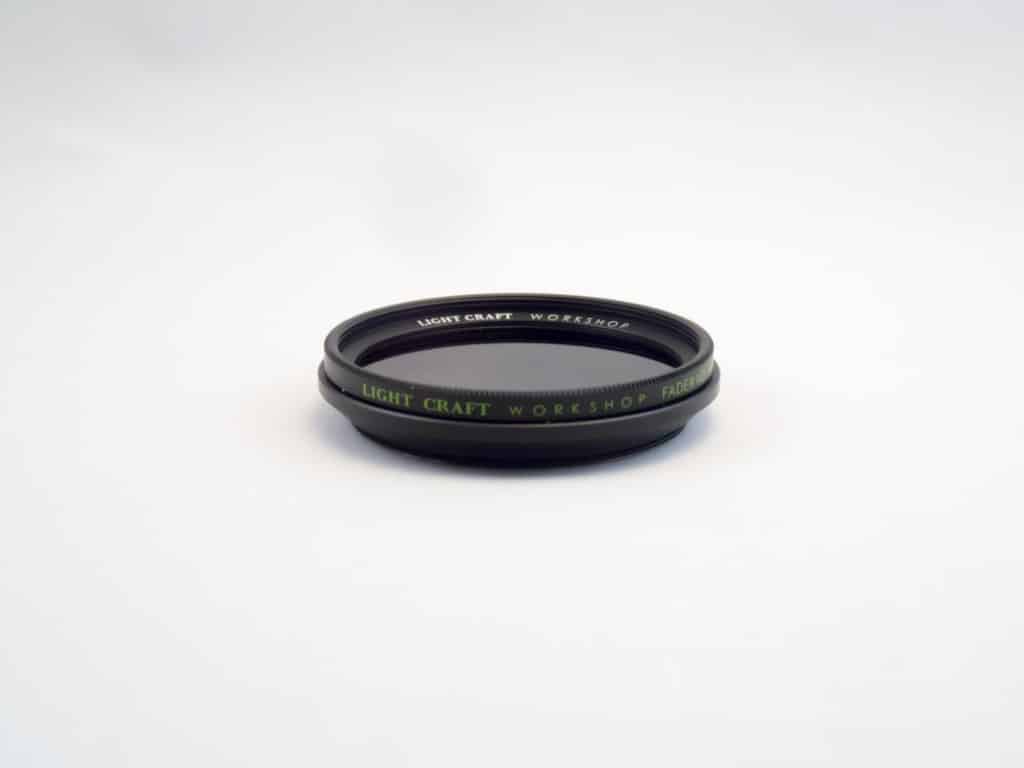
Conclusion

